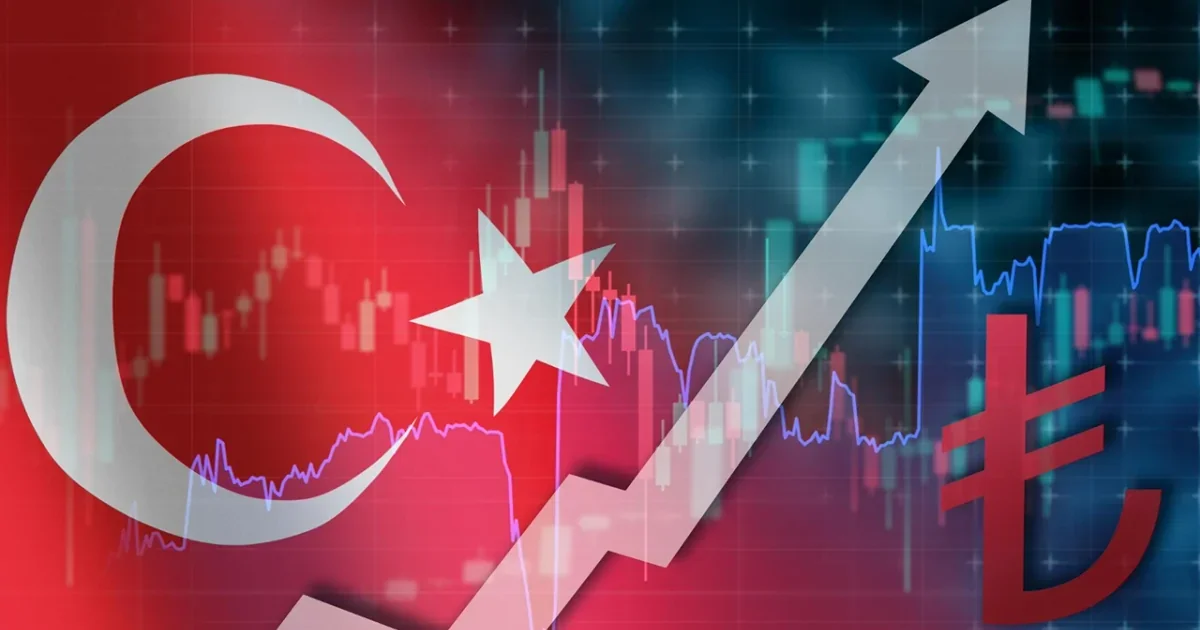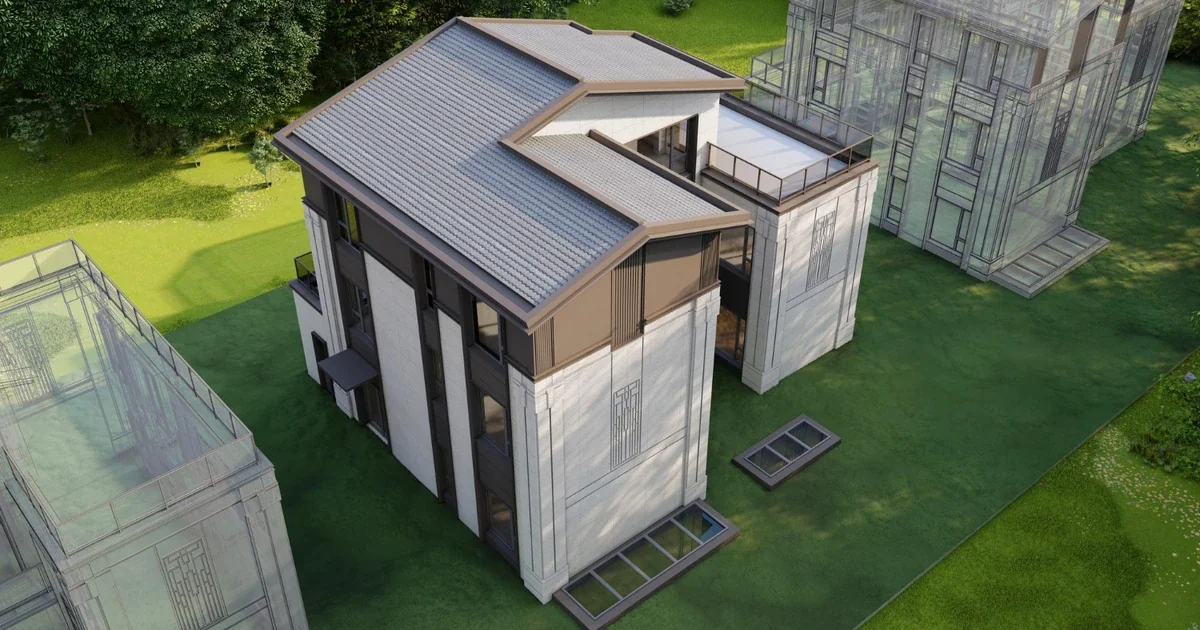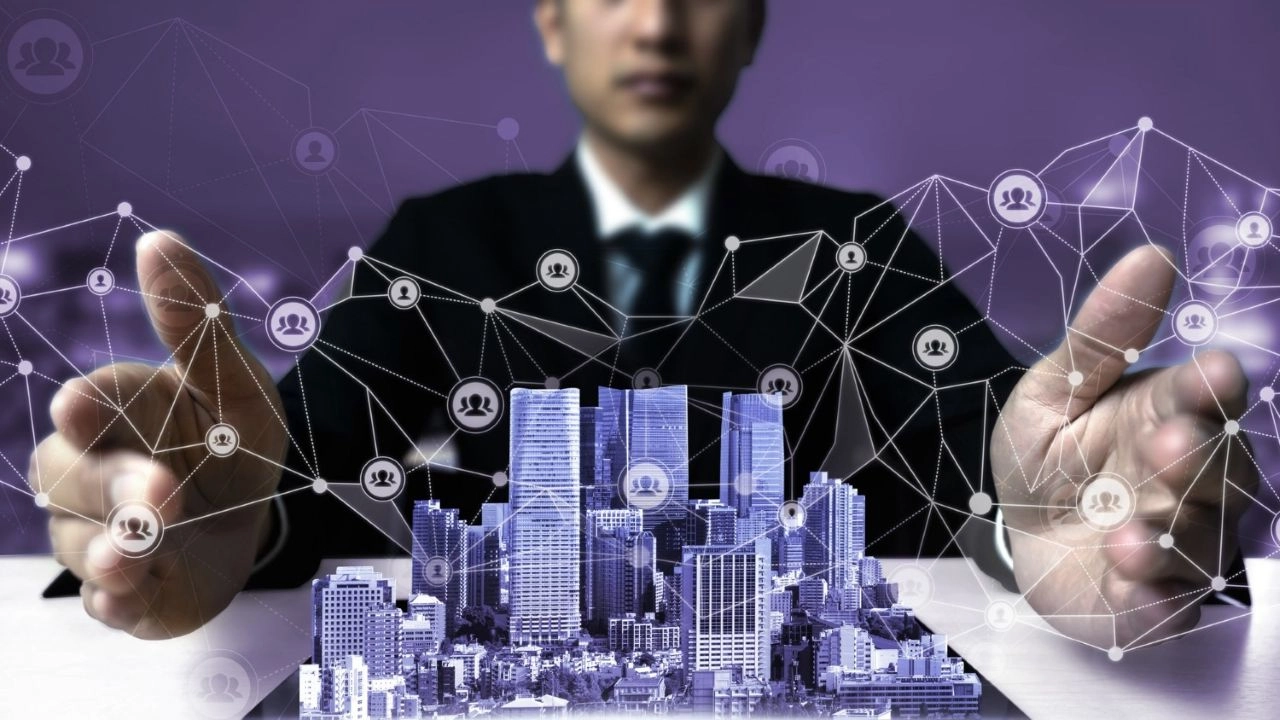Sustainable Buildings and Energy Efficiency in the UAE
June 11, 2025
In light of the UAE’s ambitious vision to transition to a green, knowledge-based, and sustainable economy, sustainable buildings and energy efficiency top the priorities of strategic plans such as the UAE Energy Strategy 2050—which aims to raise the contribution of clean energy to 50% by 2050—and the Dubai Urban Master Plan 2040, which emphasizes the implementation of environmentally friendly building standards to improve quality of life and reduce the carbon footprint. Abu Dhabi has adopted the Estidama Pearl Rating System for classifying sustainable buildings and setting minimum requirements at one Pearl and above, while Dubai has launched the Al Sa’fat Green Building System to regulate energy, water, and materials consumption in new buildings.
On the ground, thermal insulation technologies, solar power systems, Building Management Systems (BMS), and greywater recycling stand out as the key components of energy efficiency in residential and commercial projects across the Emirates—driven by government support and incentive schemes that help lower operating costs and increase asset value for both investors and real estate companies.
UAE Energy Strategy 2050
The UAE Energy Strategy 2050 seeks to diversify the national energy mix to 44% renewable energy, 38% natural gas, 12% clean coal, and 6% nuclear energy by 2050, in addition to investing AED 150–200 billion in clean energy projects by 2030 to make the UAE a low-carbon and globally competitive leader in sustainable energy.
Dubai Urban Master Plan 2040
The Dubai Urban Master Plan 2040 aims for a balanced distribution of residential, commercial, and industrial zones across multiple cities with sustainable transport options. It mandates that new developments meet eco-friendly standards to enhance infrastructure, reduce reliance on private vehicles through an advanced public transit network, and revitalize urban green spaces.
National Green Building Systems and Standards
Estidama (Pearl Rating System) in Abu Dhabi
Launched by the Abu Dhabi Urban Planning Council in 2010, the Estidama Pearl Rating System requires all government buildings to achieve at least a One Pearl rating—and Two Pearls for government-funded projects—with detailed requirements covering site design, energy consumption, water management, and indoor environmental quality.
Dubai Green Building Regulations (Al Sa’fat)
Issued by Dubai Municipality in 2016 under the Engineering Regulatory Framework, the Green Building Regulations set minimum requirements for thermal insulation, the use of renewable energy systems (such as photovoltaic panels), and reductions in water and material consumption—while granting incentives to developers who exceed the minimum environmental performance points.
Read also: Al Sa’fat Green Building System in Dubai
LEED Certifications in the UAE
The UAE ranks among the world leaders in LEED certifications, with over 1,800 projects across various levels (Platinum, Gold, etc.). At the forefront is Pacific Controls’ Dubai headquarters, which earned the country’s first LEED Platinum certification by integrating solar energy technology, water-efficient ventilation systems, and recycled materials.
Energy Efficiency Technologies in Buildings
1. Thermal Insulation and Architectural Design
Thermal insulation plays a pivotal role in the UAE’s desert climate by reducing heat gain and loss through walls and roofs. Modern developments rely on advanced insulating materials such as rigid foam, double-glazed glass, and passive shading systems—like angled façades and solar screens—that can cut cooling loads by up to 30%.
2. Solar Energy
The UAE has implemented large-scale solar energy projects on rooftops, deserts, and waterfronts—most notably the Mohammed bin Rashid Al Maktoum Solar Park and Masdar initiatives—alongside efforts by companies like Yellow Door Energy and other major players to install PV systems in industrial and residential complexes, such as the 31.5 MW project in the ICAD area of Abu Dhabi.
3. Building Management Systems (BMS)
Organizations such as DEWA offer integrated Smart Grid solutions that include BMS for real-time monitoring of electrical loads, with sensors that automatically control lighting and air conditioning—reducing energy waste and achieving high operational efficiency in government and commercial buildings.
4. Water Efficiency
Sustainable projects implement greywater recycling for irrigation and cooling, low-flow plumbing fixtures, and vertical farming in indoor and outdoor gardens—reducing water consumption by up to 40% compared to conventional construction.
Model Projects
- Masdar City in Abu Dhabi: A fully integrated sustainable living model powered by solar energy and electric transportation, achieving near-zero emissions.
- Dubai Sustainable City: The region’s first LEED-certified residential community, combining thermal insulation, aquaponics, solar energy, and shared electric vehicles.
- The Green Spine: A 64 km urban promenade linking urban areas with eco-friendly transport options and green spaces, integrating solar energy facilities along its route.
Incentives and Government Initiatives
The UAE offers tax and financing incentives for certified green buildings through the Central Bank’s reduced-interest “Green Loans” program, along with technical and advisory support from energy regulators and municipalities for developers aiming to apply sustainability standards. Partnerships between universities—such as Khalifa University and Zayed University—and the private sector are encouraged to develop insulation materials and smart technologies, supported by the Dubai Centre for Sustainability and the Abu Dhabi Energy Research Centre to innovate locally and globally competitive solutions.
The Future of Sustainable Buildings in the UAE
It is expected that by 2030, buildings with sustainability ratings will account for approximately 50% of new projects, driven by the UAE Vision 2050 goals and innovations like 3D-printed insulating bricks and the Internet of Things for improved preventive maintenance. Dubai is also pursuing full digitization of building records via blockchain to enhance transparency and reliability in applying sustainability standards.
Read also: Blockchain-Based Real Estate Tokenization in Dubai
Conclusion
The UAE reaffirms its global leadership in sustainable buildings and energy efficiency through ambitious national strategies, stringent rating systems, and cutting-edge technologies that support green development. This transformation offers attractive investment opportunities for individual investors and real estate companies alike, enhancing the competitiveness of the UAE market regionally and internationally.
Read also: Smart Homes and Luxury Automation in UAE and Saudi Real Estate
Keywords
What is your budget?
Recommended Articles

November 13, 2025
Turkey’s 2025 Economic Program: How Will It Affect Inflation, the Lira, and the Real Estate Market?
The new Turkish economic program: what it means for investors and how it will impact inflation, the lira, and real-estate investment opportunities in Turkey.

July 8, 2025
Modular vs. Traditional Construction: Speed, Cost, and Durability
A comparison of modular and traditional construction in terms of execution speed, project costs, and durability—essential insights for real‑estate investors.

June 26, 2025
Blockchain-Based Real-Estate in Dubai
Discover how fractional real-estate tokenization via blockchain in Dubai opens secure, unique investment opportunities.
